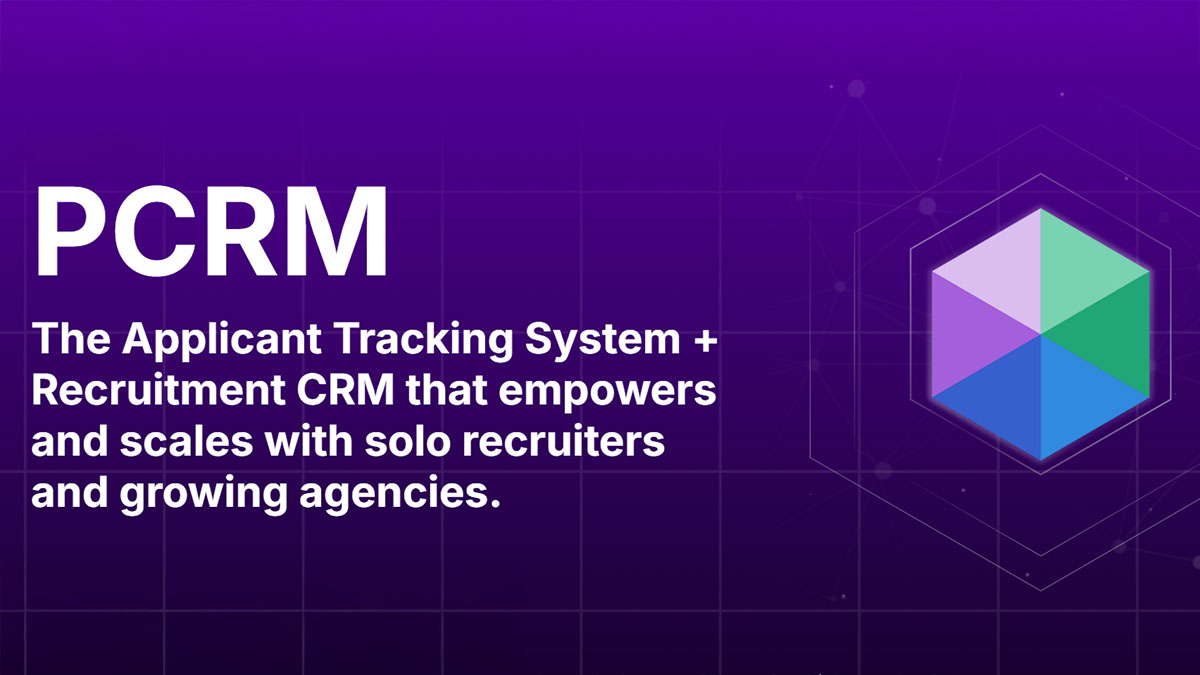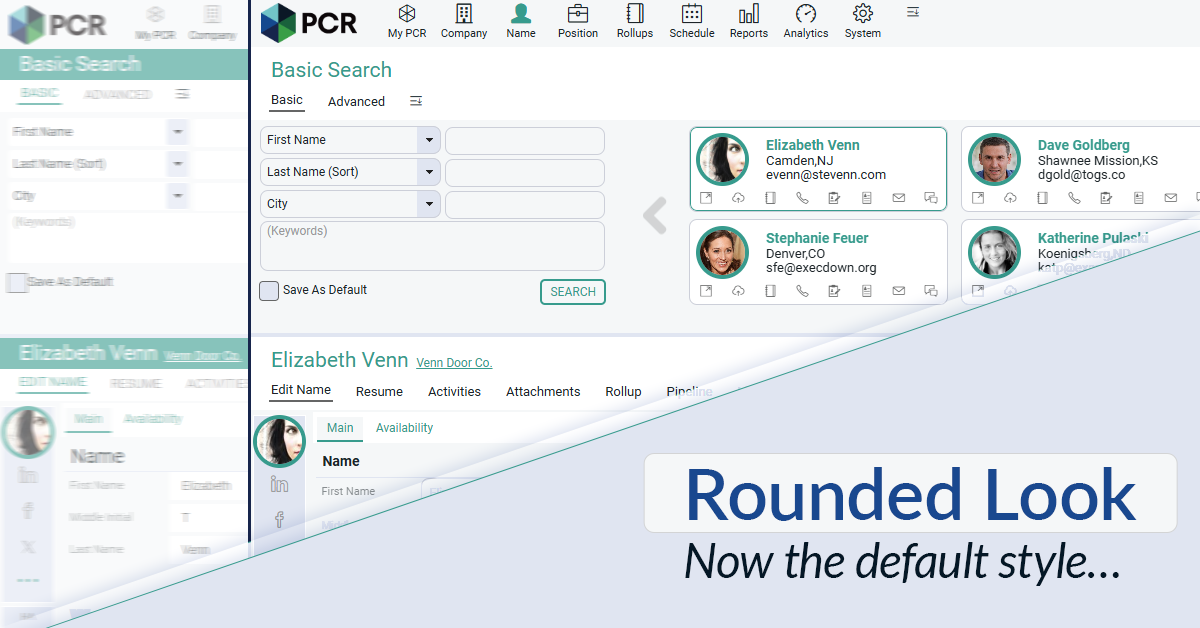If your company uses an ATS during the hiring process, as most businesses these days do, what should you consider when renewing that system? Visit http://pcrecruiter.net/site to learn more.
Authoria recently released a report detailing the seven key considerations companies should keep in mind when renewing their applicant tracking system. As technology has dramatically changed the recruiting game, with everything from Web-enabled application and talent pool systems to business intelligence tools, it’s important for companies to stay at the forefront of the game.
“A wide array of applicant tracking systems (ATS), at different stages of maturity, now compete for the opportunity to help your organization meet its staffing and recruiting needs,” the report notes. “But with over 100 vendors to choose from, where do you start? If you are responsible for renewing your company’s applicant tracking system, there are many factors to take into account.”
Here are the seven key considerations to keep in mind when renewing your ATS:

PCRM — the CRM and Recruitment ATS hybrid built specifically to empower and scale with solo recruiters and growing agencies — is now available.
Read more
Recruitment professionals are facing a new challenge in today’s digital landscape: scammers posing as legitimate recruiters. These scammers are increasingly targeting remote work job seekers, causing some candidates to become wary of all recruitment outreach.
Read more
The Rounded Look for inputs and navigation elements has been made the default style throughout PCR. This rounded style can be combined with any of the seven color themes.
Read moreFind out more about who we and what we do.